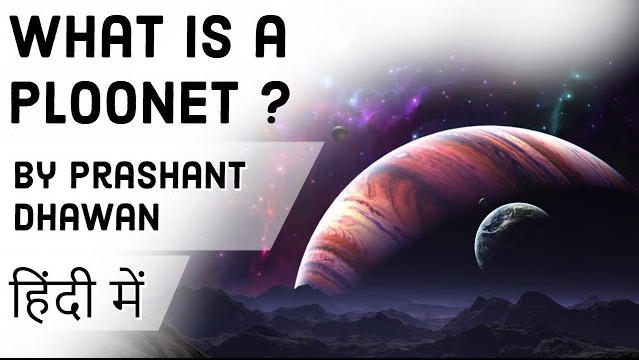Table of Contents
WHAT DOES PLOONET MEAN?
- Imagine an exoplanet, a gas giant orbiting its star while a moon orbits the planet itself. Now suppose the moon turns rogue as it moves nearer to its star, breaking away — or being forced out of its orbit by the planet — and going off on its own trip, in effect behaving like a planet in its own right. What is it now: a moon or a planet?
Ploonet WHERE IT HAPPENED?
- In a paper published June 28, 2019, in Monthly Notices of the Royal Astronomical Society, an international team of astronomers proposes for the first time that some of the moons of giant planets outside the solar system might be pushed out of their orbits and begin to circle their stars separately, in effect becoming small planets.

CAN IT HAPPEN TO OUR MOON AS WELL?
- Our moon might soon desert us and become a ploonet as well. It is moving away from the Earth at the rate of four centimetres every year, but at that rate, it will take five billion years to actually forsake us. By that time, the Sun would already be on its last legs.
EXOPLANETS
- All of the planets in our solar system orbit around the Sun. Planets that orbit around other stars are called exoplanets. Exoplanets are very hard to see directly with telescopes. They are hidden by the bright glare of the stars they orbit. As of 1 July 2019, there are 4,096 confirmed planets in 3,053 systems, with 664 systems having more than one planet
LIST OF POTENTIALLY HABITABLE EXOPLANETS


FATE OF A PLOOTNET
- In their paper, the researchers describe how they created simulations to figure out what might happen to the moons of socalled hot Jupiters, which, astronomers previously have theorized, are gas giants that migrate from distant orbits to become closer to stars.
- As one of these gas giants approaches a star, the gravitational forces of the two would make a moon’s orbit more energetic, so that it is forced farther and farther away from its planet. Eventually, it would be so far away that it would be out on its own path.
- While some expelled moons eventually would collide with the star — or with their former planet — and be destroyed, a subset of them, fewer than 50 percent, would survive and begin to orbit the star on their own, and even absorb other material floating in space, and begin behaving like planets.
- “This process should happen in every planetary system composed of a giant planet in a very close-in orbit,”
Latest Burning Issues | Free PDF






















 WhatsApp
WhatsApp